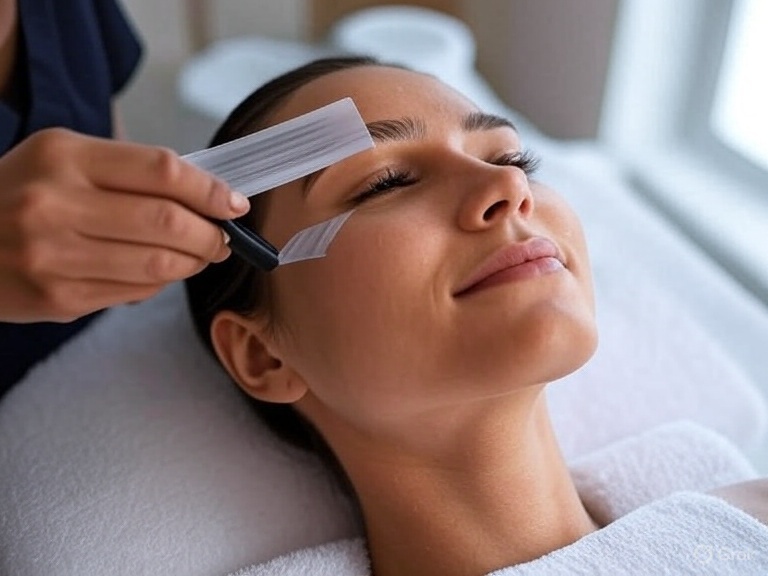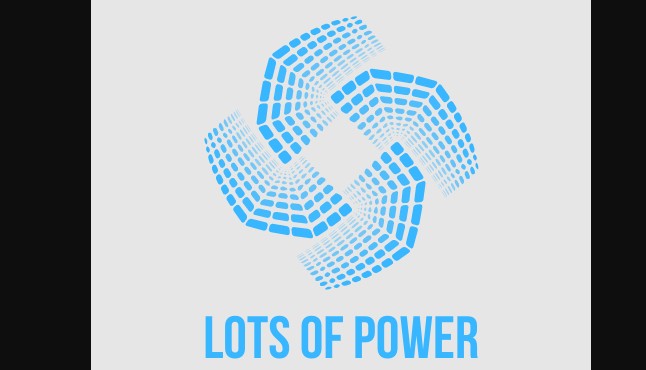
Confession Time: I Thought My Hair Was Lying to Me
When I was 11, I was convinced my hair had trust issues. I started out as a sun-kissed blonde toddler, turned honey-brown by the fifth grade, and somehow ended up with deep chocolate strands by high school.
It felt like my hair couldn’t make up its mind—and honestly, I couldn’t either (cue the box dye era). That curiosity eventually led me down a science rabbit hole, where I finally asked myself: What determines our hair color, and is it predictable?
Spoiler alert: it’s not as simple as your mom’s curls or your dad’s dark roots. Your hair color is a fabulous mix of biology, mystery, and genetic chemistry.
So grab your tea (or toner), and let’s unpack what’s really going on at the root level.
What determines a person’s hair color?
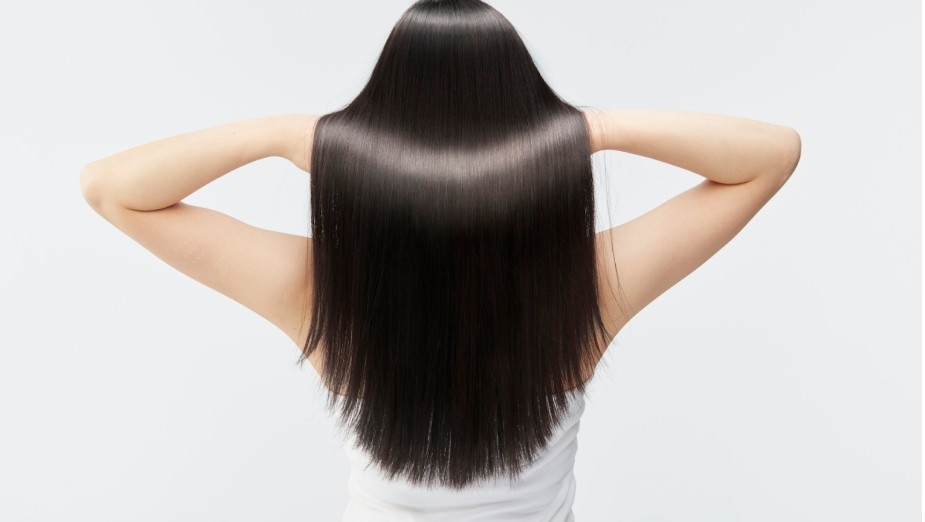
It’s all about melanin, darling. Hair color depends on two types of melanin pigments: eumelanin, which gives us brown and black tones, and pheomelanin, which brings out those red and yellow hues.
The exact ratio of these pigments in your hair shaft determines your natural color.
But here’s where it gets juicy—your body doesn’t just randomly choose pigment levels. A network of over 100 genes influence how much of each pigment you produce.
This process is called polygenic inheritance, and it’s why hair color isn’t a basic yes-or-no trait.
Think of it more like a mood board than a checklist—your hair color is the result of many influences blending together.
Is hair color determined by mother or father?

Both! Hair color isn’t a family heirloom that one parent passes down solo. You inherit different versions of genes (called alleles) from both parents, and how they interact decides your shade.
For instance, if both parents carry a recessive red hair gene (even if they’re not redheads themselves), there’s a chance their child will have red hair.
But if one parent has stronger eumelanin genes, the child might lean more brunette. It’s like a genetic cocktail—and whether it turns out shaken or stirred is all in the mix.
So no, it’s not just mom or dad—it’s a full-on family collaboration.
Is black hair dominant or recessive?

Black hair tends to be genetically dominant. That means if even one parent has strong eumelanin genes, there’s a good chance the child will have dark hair. It’s not a guarantee, but black hair often “wins” when it’s in the gene pool.
That’s because high levels of eumelanin easily overpower lighter pigments. Even if you have recessive traits for blonde or red, a strong dose of eumelanin can mask them.
So if you’ve ever wondered why your child with two brown-haired parents turned out with jet black locks—now you know!
Is brown hair dominant or recessive?

Brown hair is a bit more flexible—it’s also dominant, but not as strongly as black hair. Brown is often the middle ground in the melanin spectrum, and it can show up in kids even when one parent has lighter hair, like blonde.
Because it’s common and not as intense as black hair, brown hair tends to blend well with other genes.
If brown hair runs through your family, it has a good chance of showing up in future generations, even if it skips a few heads here and there.
Is blonde hair recessive?
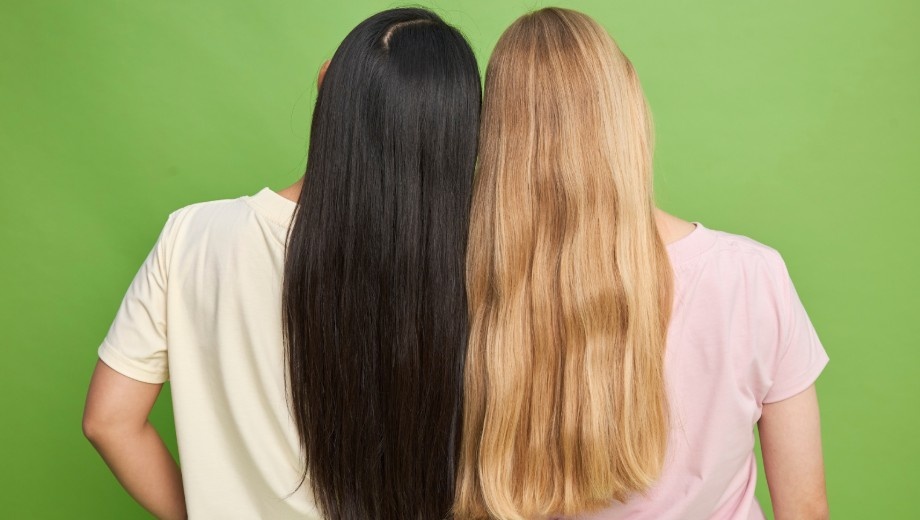
Yes, blonde hair is generally recessive, which means you need a matching pair of blonde-friendly genes—one from each parent—for it to shine through.
Blonde hair results from low levels of eumelanin, which makes it easy for darker pigments to dominate if they’re in the mix.
That’s why natural blondes are more common in Northern Europe, where those recessive traits get passed along more consistently.
And why many blondes eventually go darker with age—the body naturally starts producing more pigment over time, shifting the shade.
What chooses hair color—and why does it change?
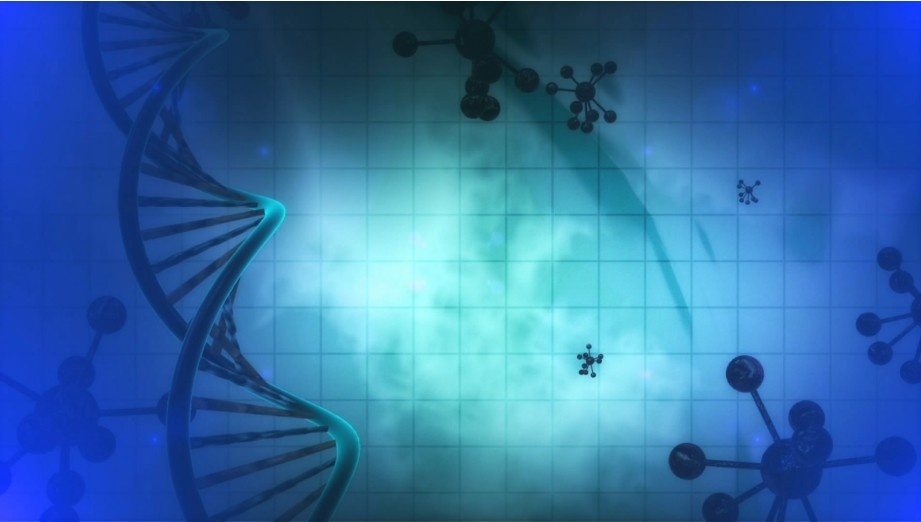
Your DNA chooses your base color, but that’s just the beginning. As we age, hormone levels, sun exposure, and even lifestyle can influence how our hair color looks.
Kids often start with lighter hair because pigment production hasn’t ramped up yet. As they grow, melanin kicks in and hair darkens.
Then comes the eventual graying, when pigment cells slow down or stop working altogether. Genetics determine when this happens (thanks, Grandma), but stress and nutrition can play supporting roles.
So yes, your genes chose your “default” hair color—but time, health, and life experience all get a say.
What is the rarest human hair color?

Red hair is the unicorn of hair colors—only 1 to 2% of people worldwide have it naturally. It’s caused by variants in the MC1R gene, which need to be inherited from both parents. That makes red hair not only rare, but a total recessive rebel in the pigment world.
It’s followed closely by blonde hair, which is also recessive and occurs in just 2% of the population globally.
Meanwhile, black and dark brown hair dominate worldwide because they’re genetically stronger and more likely to be passed on.
How to Make the Most of What Determines Our Hair Color, and Is It Predictable
Now that we know what determines our hair color, and that it kind of is predictable (but with lots of variables), let’s talk about how to make the most of your strands—whatever shade they are.
First, know your genetic vibe. If you’ve got lighter hair genes in the mix and notice natural highlights in the summer, you can play them up with sun-activated products or balayage that mimics the effect.
If you’re on the darker end, invest in hydrating products that boost shine and reflect light—black and brown hair glows beautifully when healthy.
Got grays coming in? Embrace them or blend them—it’s your call. Silver strands can be striking with the right cut and tone-correcting products.
And if you’re coloring, don’t fight your natural undertones. Enhance them. A great stylist can help you choose a tone that complements your genetics and your glow.
FAQs About What Determines Our Hair Color, and Is It Predictable
Can two brunettes have a blonde baby?
Yes—if both carry the recessive blonde gene. It’s rare but totally possible. Genetics love throwing curveballs, and hair color is no exception. That’s why you sometimes see a towheaded kid with two dark-haired parents.
Why does hair color lighten in the sun?
Sunlight breaks down melanin in the hair shaft—especially in lighter shades. So yes, summer blondes are real. UV rays work like a natural bleach, especially if you have less eumelanin. Just don’t forget heat protection!
Can hair color tell us anything about our ancestry?
Definitely. People with Northern or Eastern European roots are more likely to carry genes for blonde and red hair. Meanwhile, black and dark brown shades are dominant in populations closer to the equator. Your hair is a little map of your heritage.
Are DNA tests accurate for predicting hair color?
They’re pretty good at giving you probabilities. Services like 23andMe use data from thousands of genomes to estimate the likelihood of your hair being light, dark, or red. But they’re not exact. Life (and genetics) loves a surprise.
The Final Scoop Before You Jump In
So, what determines our hair color, and is it predictable? Well, it’s a juicy mix of genetics, pigment science, and a little unpredictability.
Your hair is more than a shade—it’s a legacy, a mood, and a canvas you can play with whenever you feel like switching it up.
Whether you’re team natural, team highlights, or team fire-engine red, knowing what’s behind your color gives you power—and options.
So rock your roots, celebrate your strands, and if all else fails, you’ve got the number to your colorist on speed dial.
Keep glowing, keep growing, and always remember: your crown is custom.
